In the city of Strasbourg in 1518, something truly strange happened. People began to dance compulsively and continuously, completely unable to stop.
There was no joy in this dancing, and the dancers followed no music. Over the course of two months, people danced helplessly until their feet bled and until they collapsed in utter exhaustion. Some even danced until they died.
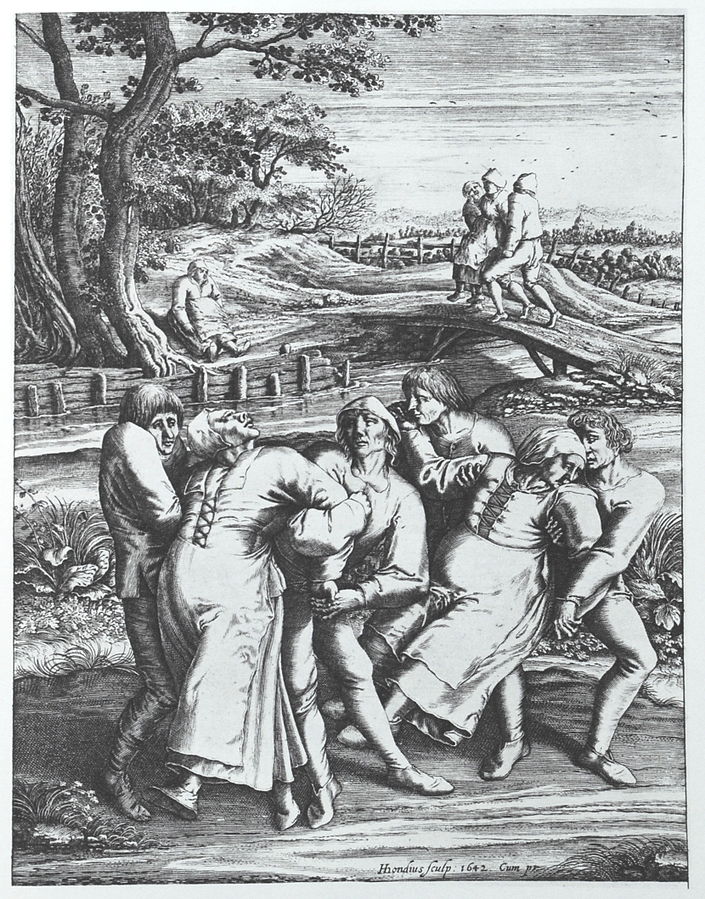

The contagion of compulsive dancing spread across the city until hundreds of men and women were affected. Then, just as suddenly as it had started, the Dancing Plague ended.
At the time, this dance of death was blamed on “overheated blood” or even demonic possession. Since then, there have been several efforts to provide psychological or physiological explanations, but none have provided a satisfactory answer.
This is the strange and unsettling but true story of the Dancing Plague of 1518.
Strasbourg’s History
Somewhere around 10 BC, a Roman military commander and politician named Nero Claudius Drusus was in charge of an expedition to pacify Germania when he stopped on the banks of the River Rhine to build a small fort that would serve as a base.
The fort endured, and a small town named Argentoratum grew beside it.
The town survived the fall of the Roman Empire and became known as Strassburg. In 923, it became part of the Holy Roman Empire (which, as a famous historian has noted, was neither holy nor Roman nor an empire).
After citizens of the city won a notable victory on behalf of the Holy Roman Empire in the 13th century, it was granted the status of a free city, and trade flourished.
By the 15th century, now named Strasbourg, the city prospered. Around 1440, a man named Johannes Gutenberg invented the movable type printing press, and suddenly, it was possible to print and distribute printed documents (and Strasbourg became the location for the first-ever weekly newspaper).
Life wasn’t all good for the citizens of Strasbourg. Like many other European towns and cities, it was struck by bubonic plague in 1348. However, uniquely, the people of the city decided that the plague had been caused by the large Jewish population.
Several thousand Jews were burned alive in an attempt to slow the spread of the disease. Almost two hundred years later, Strasbourg was struck by another plague, but one that was very different.
The Dancing Begins
What we know of events in Strasbourg comes mainly from the writings of a Swiss scientist named Theophrastus von Hohenheim, better known as Paracelsus.
Paracelsus was interested in diseases, particularly toxicology, and he was one of the first to adopt what we’d now see as the scientific method: gathering facts, observing, and using this data to define possible explanations.
Paracelsus heard about what had happened in Strasbourg and visited the city a few years later to interview those involved and write a detailed, factual account.

According to Paracelsus in his Opus Paramirum, this Dancing Plague began in mid-July 1518 when a woman named Frau Troffea stepped into the street outside her home in Strasbourg and began to twist and gyrate.
She looked as if she were dancing, though no music could be heard. She seemed unable to stop and continued in her weird movements until she collapsed, exhausted. After a brief rest, she began to dance once again, to the consternation of her friends and neighbours.
People gathered to watch in bafflement, and soon, some of them started to dance compulsively too. Within a week, it was estimated that around 30 people, men and women, were helplessly dancing in the streets of Strasbourg.
By August, the dancing mania had affected up to 400 people. Physicians were called to examine the dancers, and they concluded that this strange behaviour was caused by “overheated blood.” Their remedy was surprising: more dancing.
They concluded that those afflicted would eventually dance the contagion out of their system. To accelerate this process, they persuaded the civic authorities to gather the dancers in large halls where they were joined by professional dancers and accompanied by musicians.
This seemed to make the plague worse instead of ending it. Some of the people who joined the dancing to encourage those afflicted found that they, too, could not stop dancing.
Hundreds of people were affected, and as the epidemic reached its peak in late August, it was said that up to fifteen people each day were dying of exhaustion, heart attacks and strokes induced by incessant dancing. Clearly, a new approach was needed.
The Church Intervenes
The Church announced that the epidemic had a spiritual cause rather than a physical one. They blamed the wrath of St. Vitus (the patron saint of dancers).
The city council was persuaded to close down the halls where the dancers had been taken and ban music and dancing throughout the city. Those still unable to stop dancing were bundled into carts and taken on a three-day journey to the town of Saverne, presumably still dancing along the way.
Once there, they were taken to a small grotto in the hills that was also a shrine to St. Vitus. Their blistered and bleeding feet were placed in red shoes, and members of the clergy led them in circles around a wooden statue of the saint. Gradually, the dancing abated. By the middle of September, the dancing epidemic had ended.
The seeming success of taking those afflicted to the shrine of St. Vitus persuaded many that this really was a plague visited on the city by God.
Consequently, this involuntarily dancing became known as St. Vitus Dance. However, not everyone was satisfied with this religious explanation.
The Strange History Of Dancing Plagues
One of the most surprising facts about this strange event was it does not seem to have been the only Dancing Plague. Brief accounts suggest several other examples from the 10th to the 16th centuries (the outbreak in Strasbourg in 1518 was the last such plague).
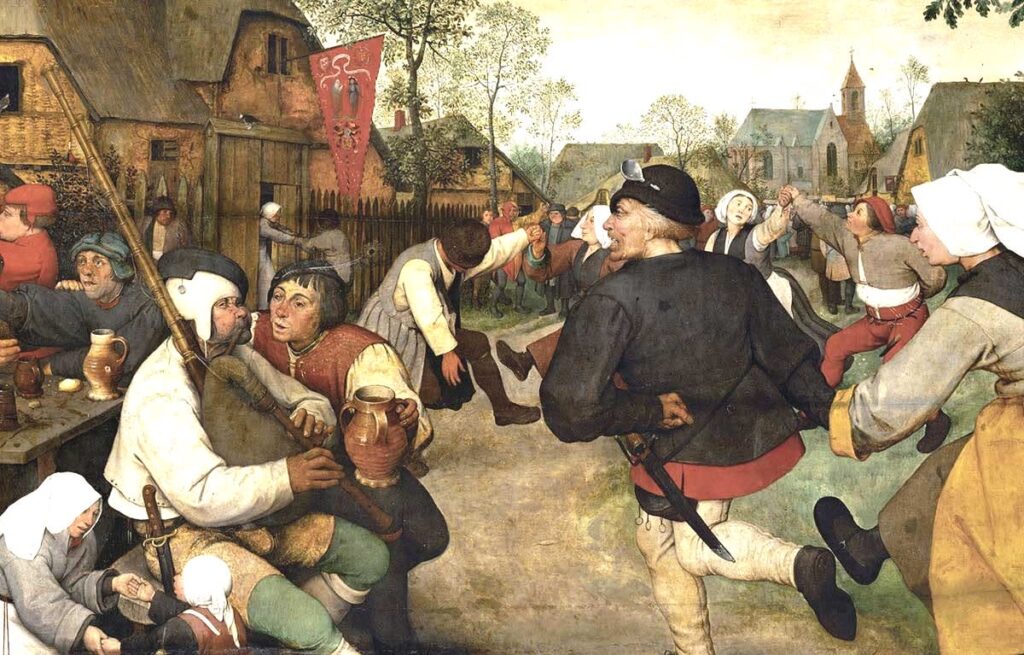
We don’t know a great deal about these other Dancing Plagues, except for one that centred on the city of Aachen in 1374 that sounds remarkably similar.
Hundreds of people in the city were said to have begun to dance in the streets to the point of complete exhaustion or even death. Unlike the outbreak in Strasbourg, which was confined to that city, the 1374 plague rapidly spread to other cities in the area.
At its peak, it appears that thousands of people may have been affected, and at least some of them died as a result.
What Caused The Dancing Plague?
In the immediate aftermath of the events of the summer of 1518, it seemed to be generally accepted that the Dancing Plague was some form of mysterious Divine Retribution visited on the citizens of Strasbourg.
When Paracelsus wrote his account, he took a different view, claiming that Frau Troffea was responsible! He claimed (seemingly without any reasonable evidence) that she had begun dancing in the street in order to embarrass her husband.
Other women who had watched her had decided to try the same ploy on their husbands, driven by notions that were, according to Paracelsus, “free, lewd and impertinent.”
Later, another cause was suggested, that those who had danced had ingested ergot, a hallucinogenic mould that can form on damp rye and may contaminate the flour used to make bread.
However, it has been pointed out that ergot poisoning restricts blood flow to the extremities, making it very unlikely that someone suffering from this could have danced for extended periods.
Rye was also uncommon in the area, and ergot constantly forms in periods of cold, damp weather, not during the warm summer months, so this explanation also seems unlikely.
Modern psychologists have suggested that the Dancing Plagues were a form of mass psychogenic disorder (originally called mass hysteria) brought on by stress. The year 1518 was probably a time of stress for the people of Strasbourg.
This was the latest of a number of years in which harvests had been poor, food shortages were a real possibility, and syphilis (a condition new to Europe) had arrived, bringing extreme misery to sufferers and no explanation as to where it originated and how it spread.
Europe was also experiencing a period of political uncertainty at the time, and a number of European wars took place in the early 16th century, though none directly affected Strasbourg.
The problem with this psychological explanation is that not all psychologists even agree that mass psychogenic disorder is real, and other populations subjected to extreme stress have not felt impelled to dance.
The Dancing Plague of 1518 was real, as were some of the others, but we have no idea what caused the bizarre plague.
Conclusion
The Dancing Plagues that afflicted parts of Europe from the 10th to the 16th century are one of the most baffling mysteries of the Medieval period.
They seemed to principally impact cities on the western edge of the Holy Roman Empire, and many of the places that were the worst affected were adjacent to the River Rhine.
None of the explanations suggested are entirely satisfactory, though we know that these were actual events that claimed the lives of dozens, perhaps hundreds of people.
We simply don’t know what caused these strange events or why none reoccurred after 1518. The longest and most lethal rave in history remains as mysterious today as it was to the exhausted people of Strasbourg in the 16th century.
Sources
https://www.theguardian.com/stage/2018/jul/05/bizarre-dance-epidemic-of-summer-1518-strasbourg
https://publicdomainreview.org/essay/the-dancing-plague-of-1518/



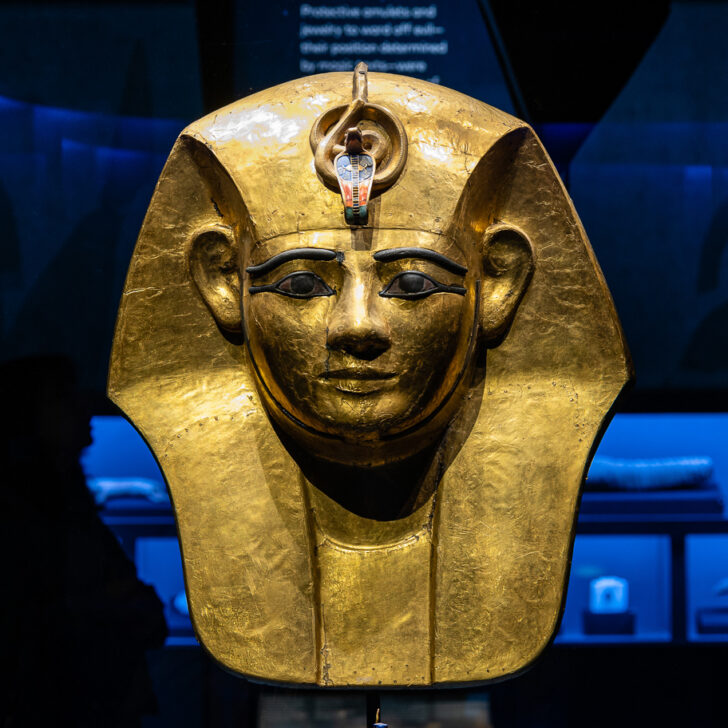
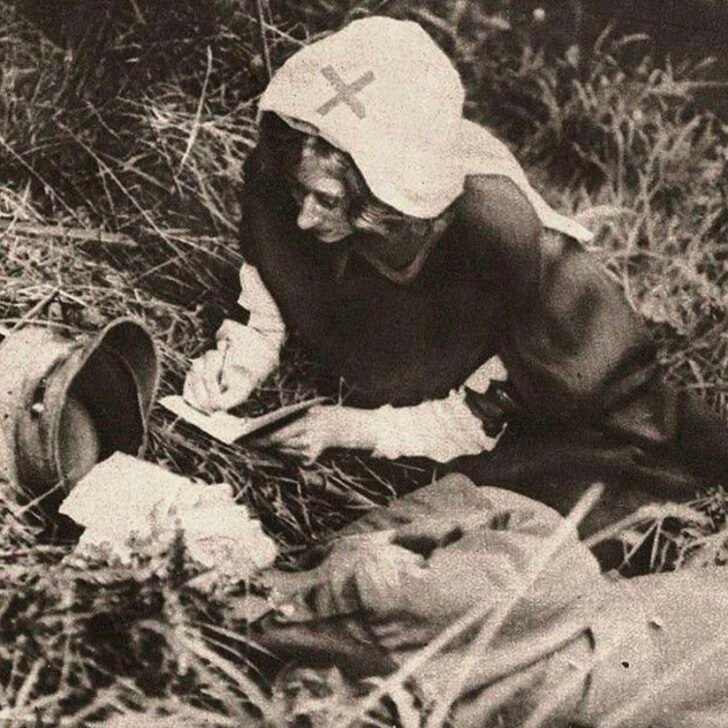






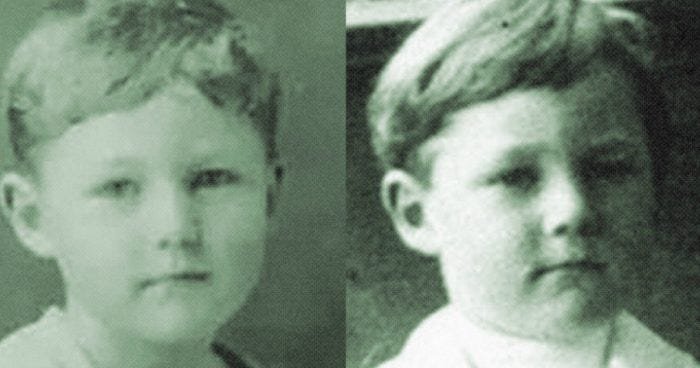

Leave a comment